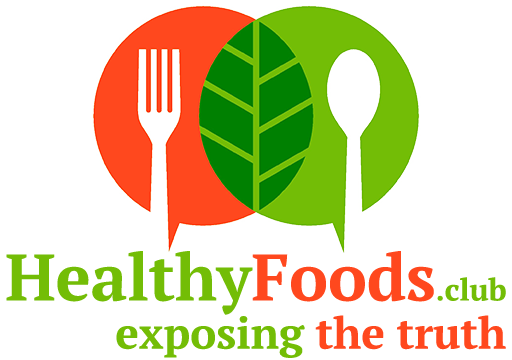We’re sure when you’re out grocery shopping, you’ve noticed a lot of products labeled as gluten-free. Nowadays, gluten-free foods even have their own sections in a lot of restaurant menus.

But what does it mean to be gluten intolerant? Moreover, what exactly is celiac disease? According to the Celiac Disease Foundation, celiac disease is a lifelong inherited autoimmune condition. With this condition, the immune system mistakes some part of the body as an infectious agent and attacks its own cells. In a recent study, an estimated one in 133 Americans have it. What triggers celiac disease is the consumption of gluten – wheat, barley, oats and rye products. It’s hidden in a lot of processed foods and carb-laden favorites like bread, pizza, pastas, wraps and rolls.
Gluten can also be found in wheat protein, spelt, soy sauce, teriyaki sauce, Udon noodles, graham flour, enriched flour, semolina and couscous. (For a complete list, click here).
Symptoms of gluten intolerance
Even though you may not have celiac disease, there’s still a chance you can still be extremely sensitive to gluten. Studies show that eating gluten may lead to illnesses like osteoporosis, irritable bowel disease, anemia, cancer, fatigue, canker sores, rheumatoid arthritis, lupus, multiple sclerosis and other autoimmune diseases.
In Dr. Mark Hyman’s article, “How Do I Know If I’m Gluten Intolerant?” gluten is also linked to many psychiatric and neurological diseases like anxiety, depression, schizophrenia, dementia, epilepsy and neuropathy (nerve damage).
Signs of gluten intolerance include:
- Weight loss or weight gain
- Bloating, gas, constipation, diarrhea
- Aching joints
- Irritability, mood changes
- Eczema
- Migraines
- Exhaustion
- Brain fog, forgetfulness
- Infertility, irregular menstrual cycle
- Cramps, tingling and numbness
One of the only ways to test if you’re gluten intolerant is avoiding it altogether. According to Dr. Hyman, you must eliminate 100 percent of the gluten from your diet (no exceptions, no hidden gluten) for two weeks to a month. Then eat it again and see what happens. If you experience the symptoms above, he recommends staying away from gluten permanently. You can also take gluten allergy/celiac disease lab tests, both of which help identify your different allergies or sensitivities to gluten.
Gluten-free friendly foods
Finding out you’re gluten intolerant may be frightening, considering that most products have some type of wheat or enriched product. But if you stick to an all-natural diet and avoid processed foods, wheat, barley and rye, you should be fine.
Here are some of the gluten-free friendly foods you can eat:
- Agar (a seaweed product, used to make vegan marshmallows)
- Agave (sweetener)
- Almonds and other nuts
- Apple cider vinegar
- Balsamic vinegar
- Beans
- Brown sugar
- Canola oil
- Chickpeas (used in hummus)
- Coconut products
- Corn products
- Fresh fish
- Peas
- Peppers
- Quinoa
- Rice
- Soy products (including tofu)
- Tea
- Vanilla
- Vitamins A, B, D, and E
- Wild rice
- Xanthan gum (used to thicken homemade salad dressings)
- Yam flour
- Yogurt (plain)
If you like baking and can’t resist your sweet tooth cravings, delicious gluten-free desserts make this eating lifestyle more pleasant.
Beware of dining out dangers
Going out to eat can be tricky, especially since you can’t read labels on everything. Plus, not all restaurants have gluten-free menus and there can be hidden sources lurking on your plate.
For instance, some kitchens cross-contaminate with bread crumbs or wheat products. Wheat flour is sometimes used to thicken mashed potatoes, sauces and soups. Bread crumbs are often added to burgers, meatballs and meatloaf. Other foods to watch out for include vegan meats (made with wheat most of the time), tortilla chips and French fries (both deep-fried with other breaded foods).
Dr. Alejandra Carrasco, founder of NOURISH, a medical practice in Austin, TX, suggests speaking with the restaurant manager to find gluten-free items before ordering, as well as telling the manager or chef that the meal and preparation must be gluten-free.
New lifestyle, new you
Kicking old habits to the curb and adapting to any change is always a challenge, especially if you have Celiac disease or a gluten intolerance. But having a limited diet can be good in more ways than one. Not only will you lead a healthier lifestyle (both physically and mentally), you’ll get more creative in the kitchen. Instead of seeing your intolerance as a limitation, consider it as an exciting adventure to a new you.


